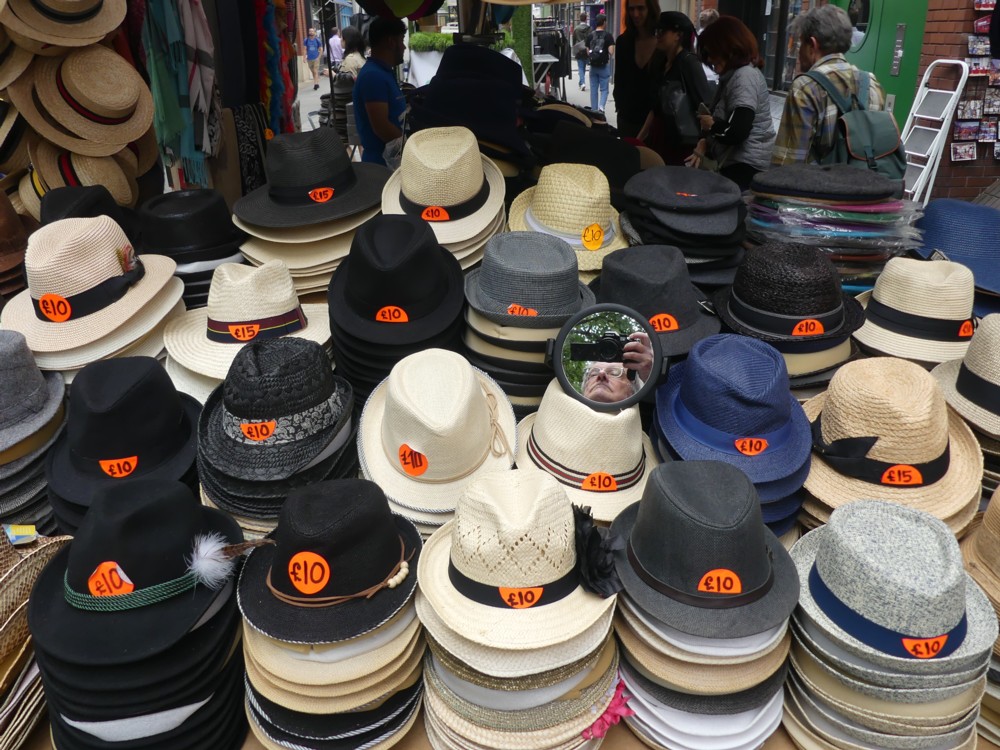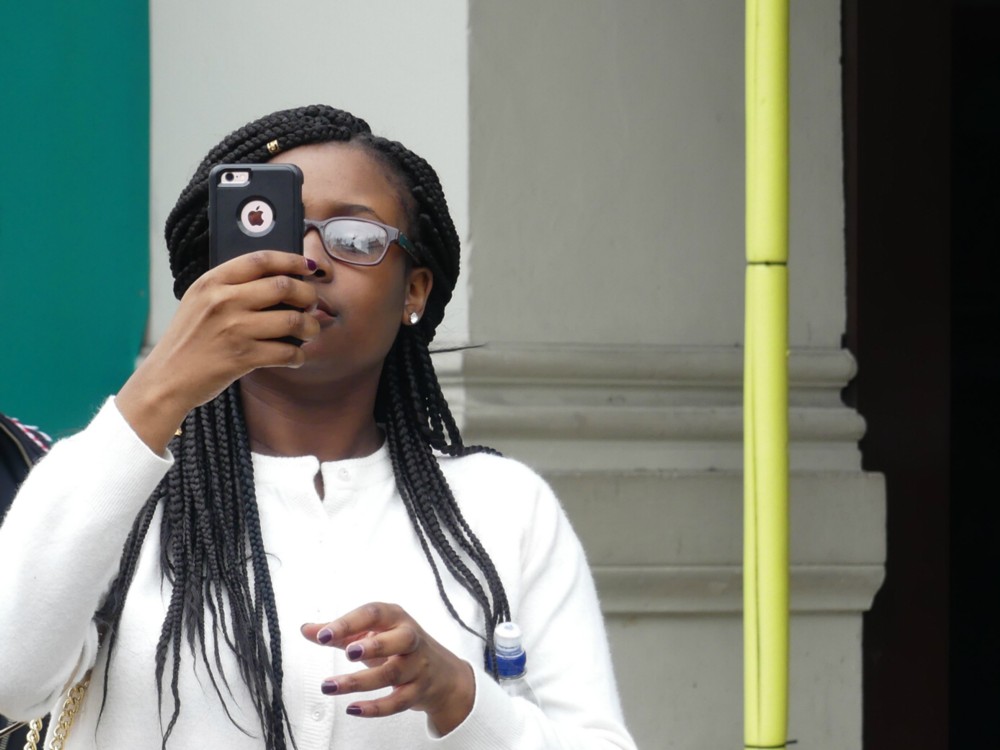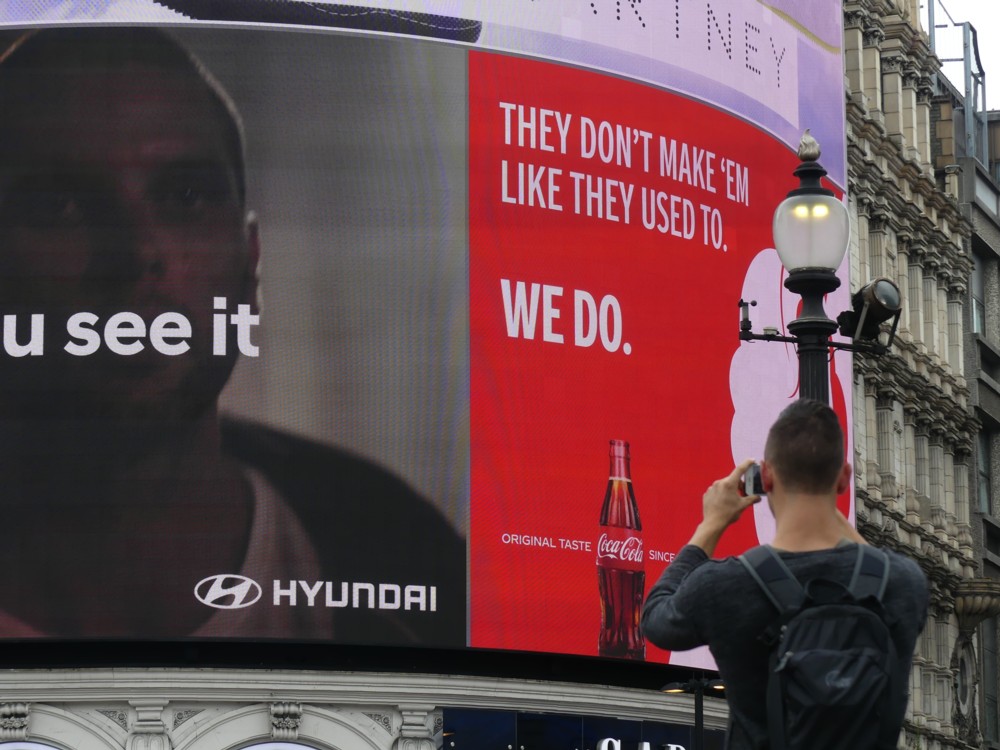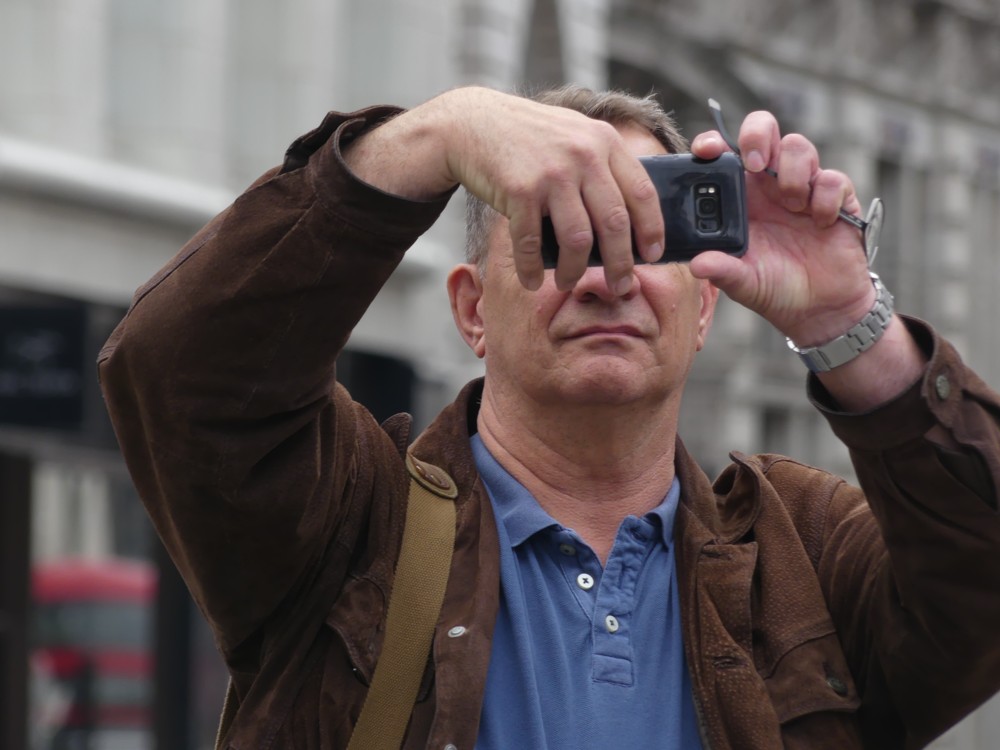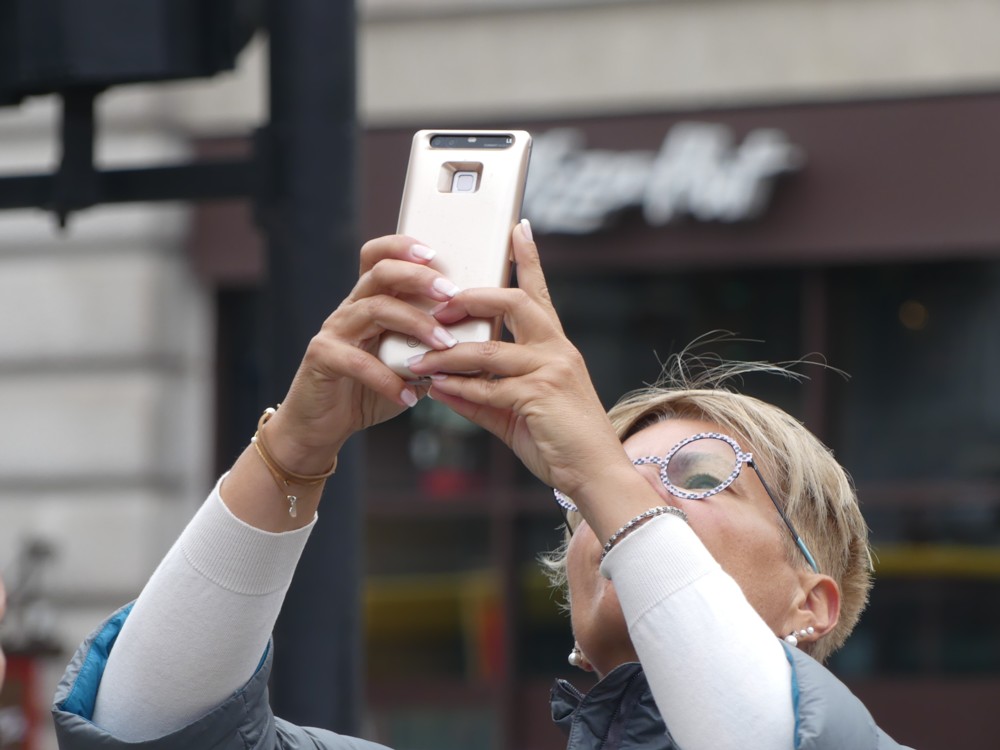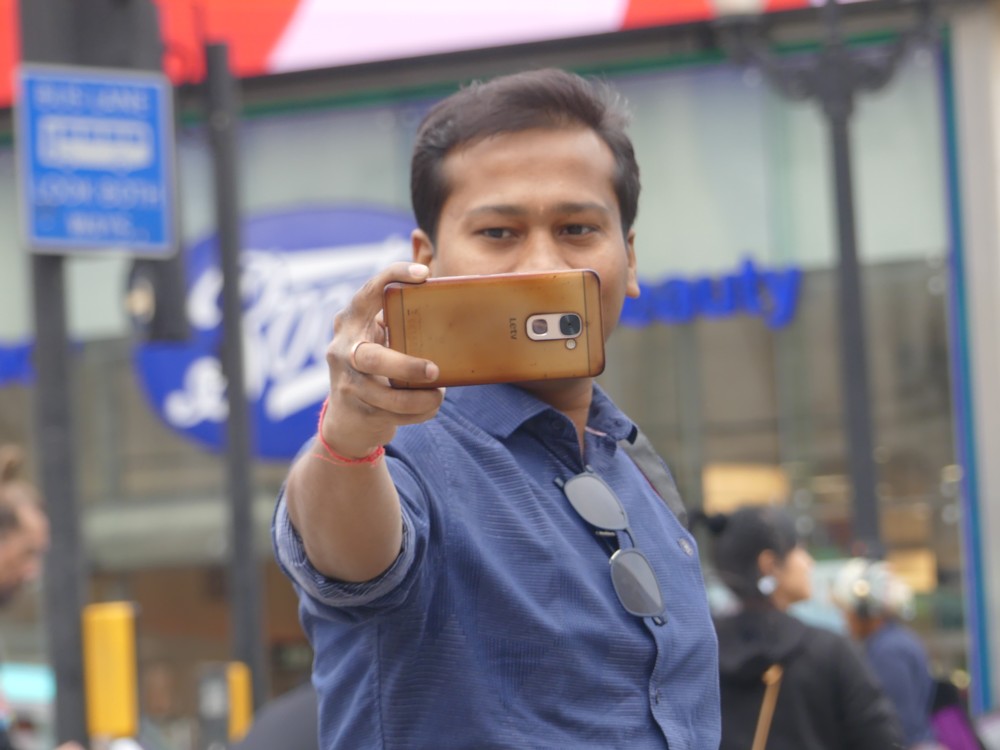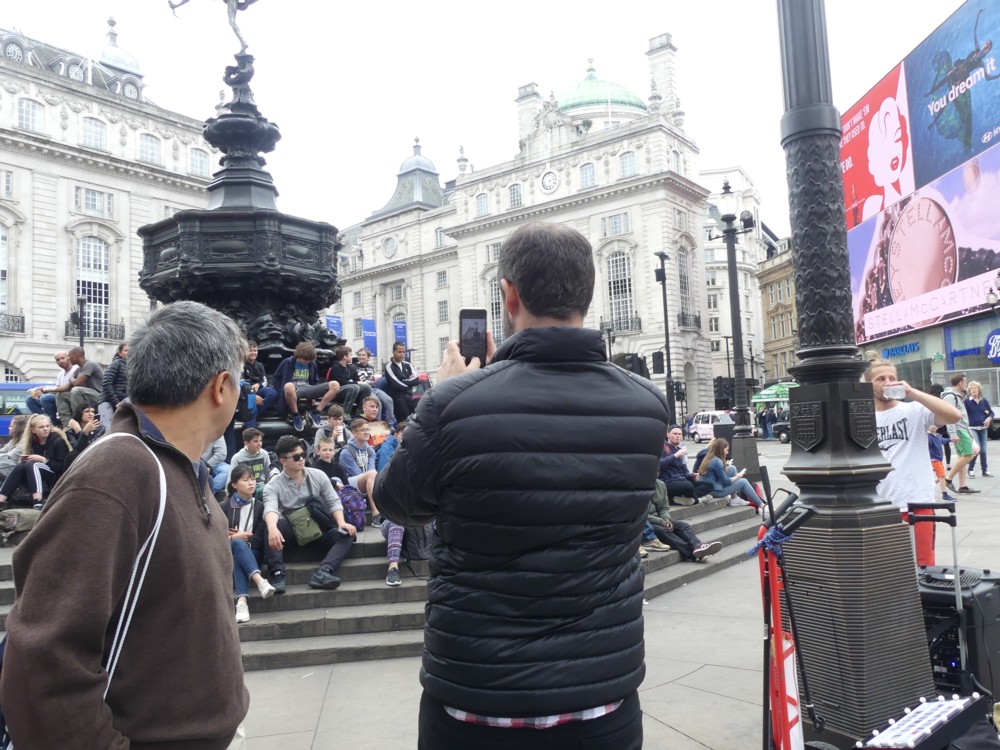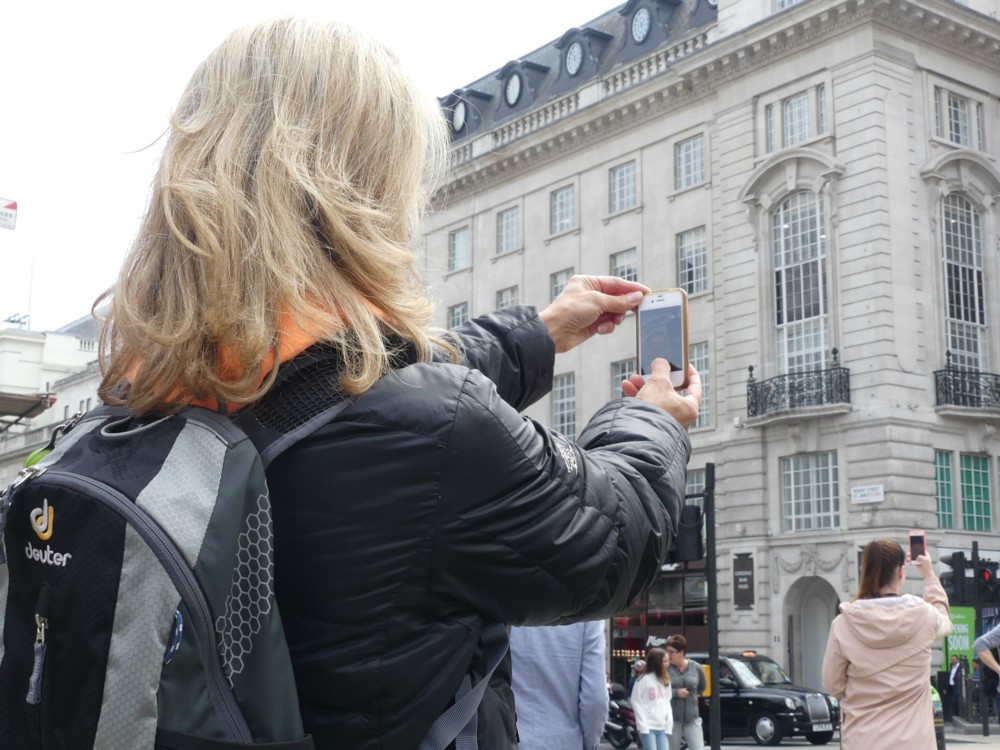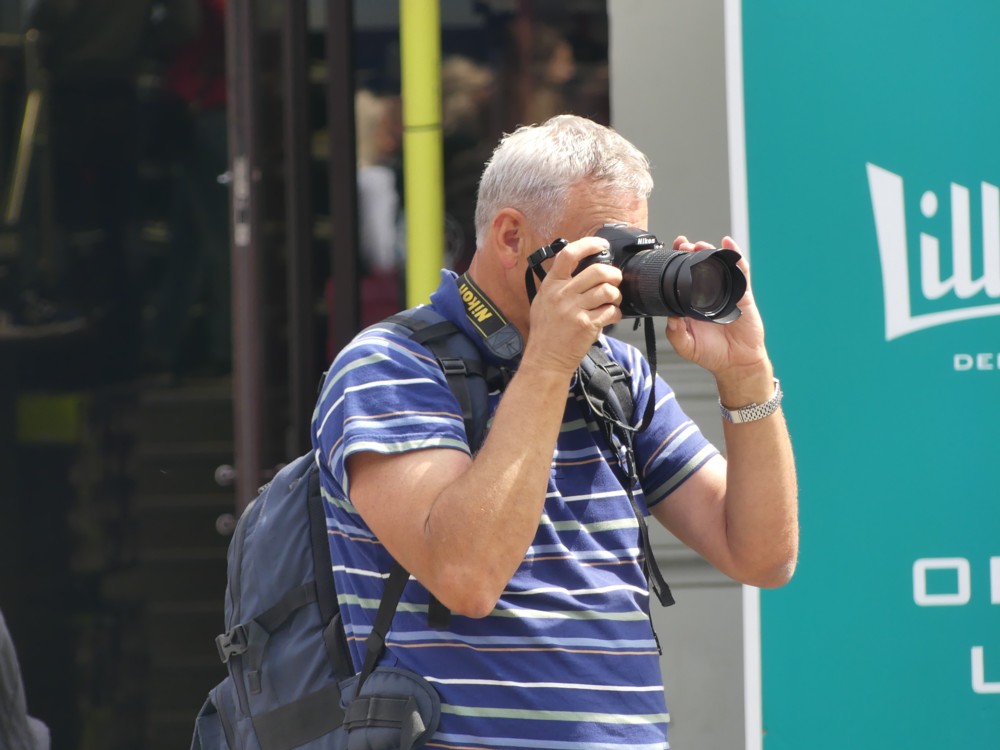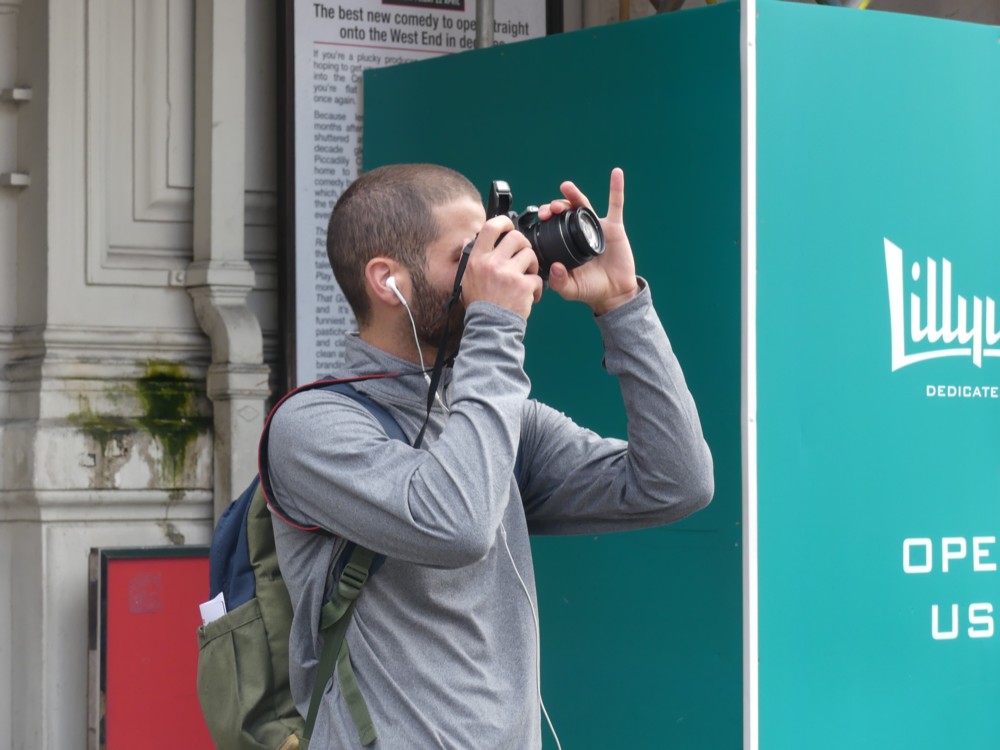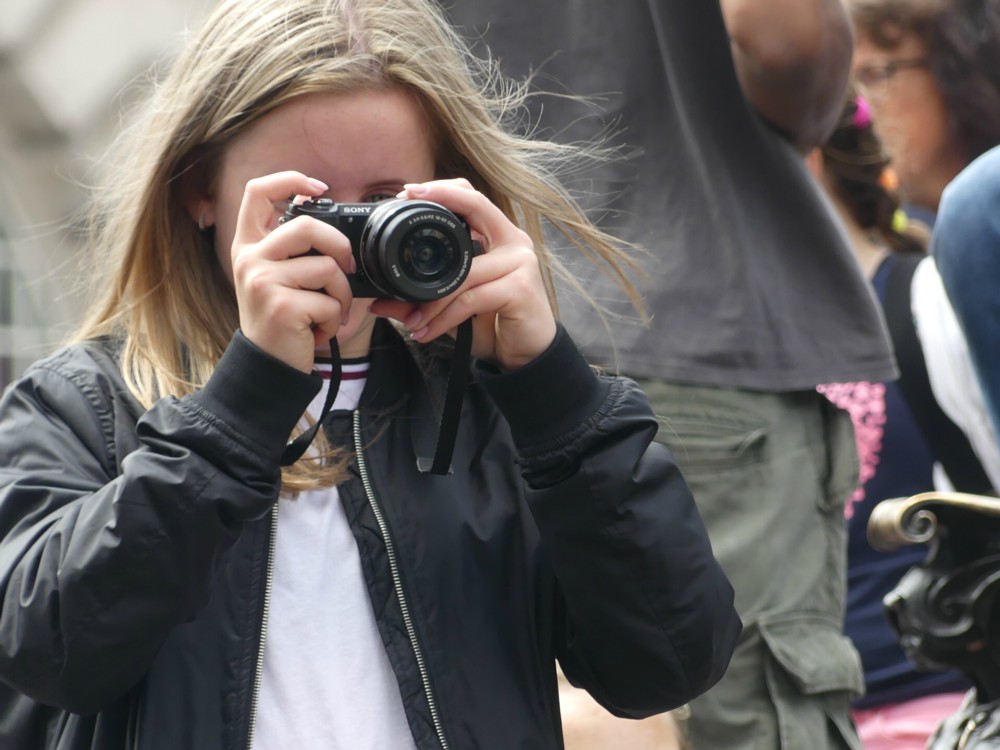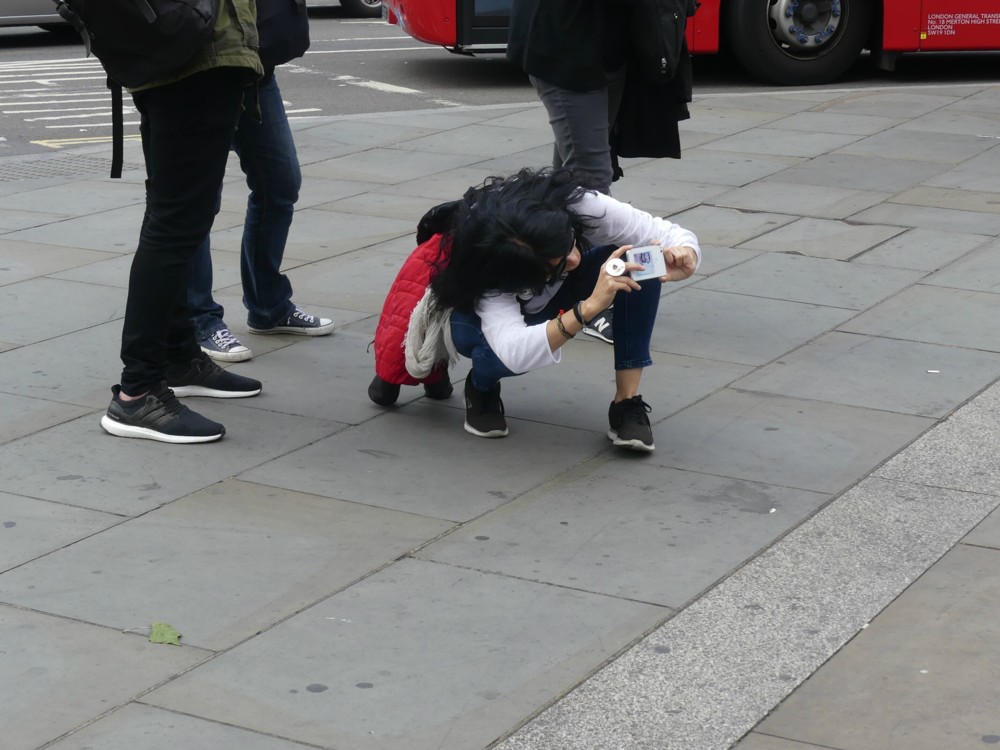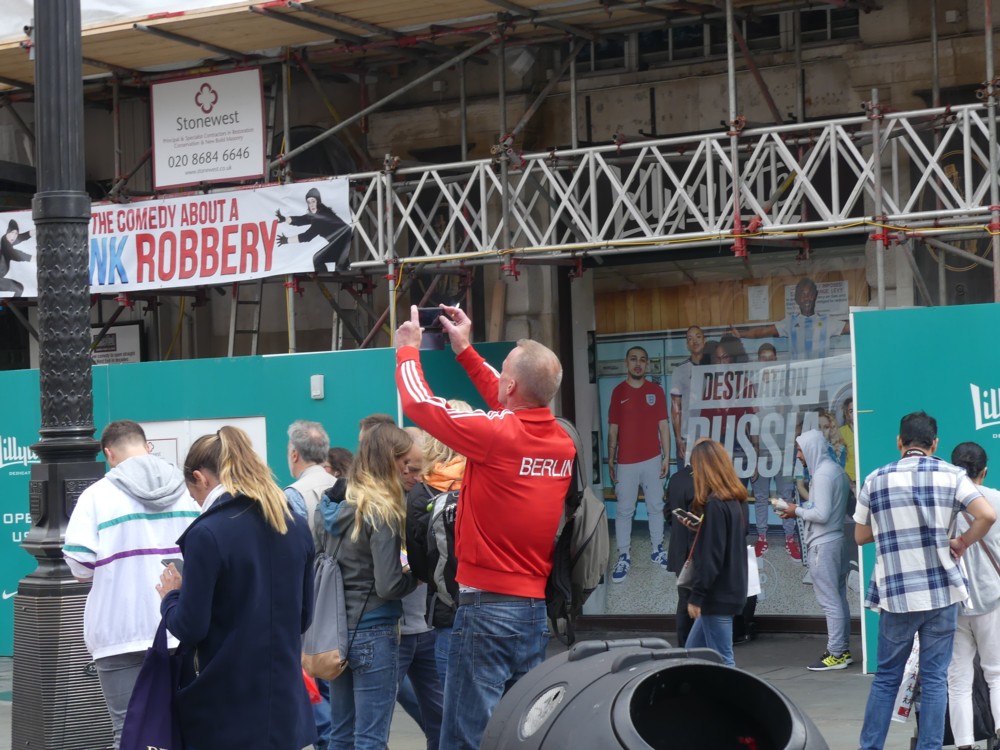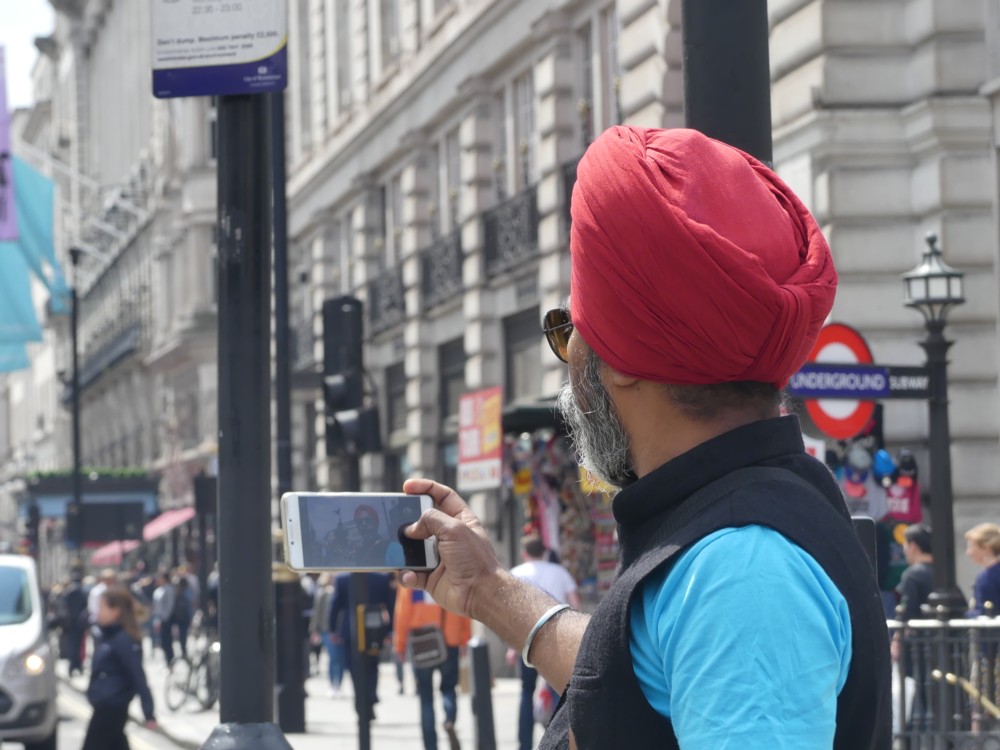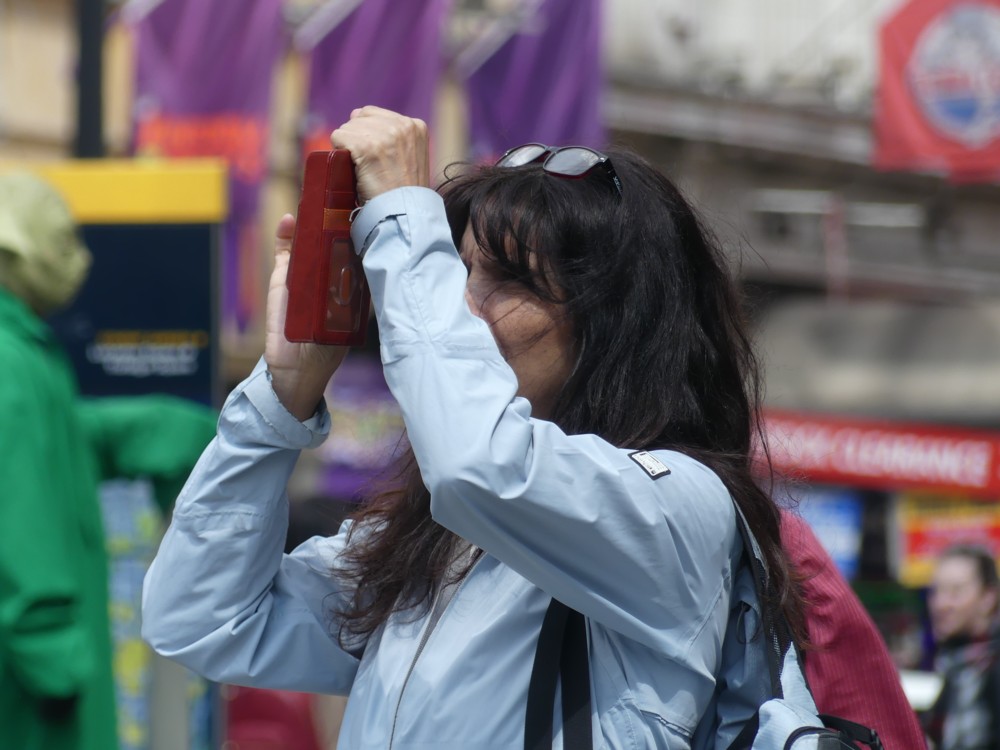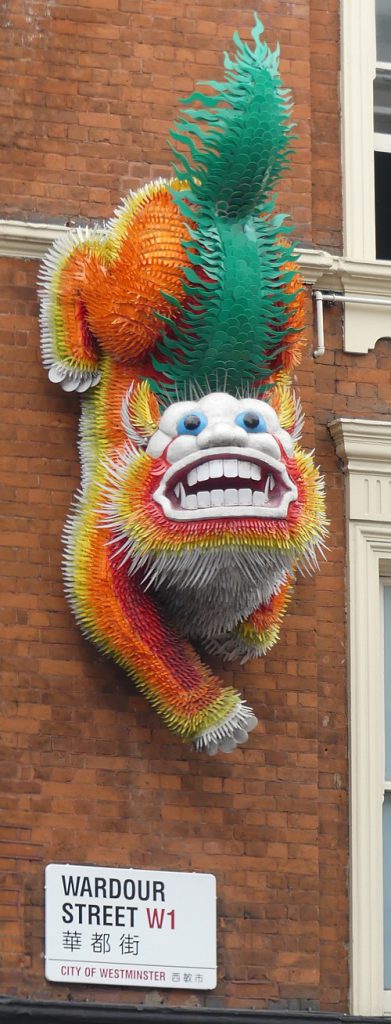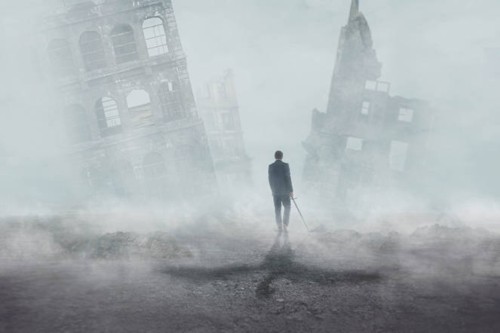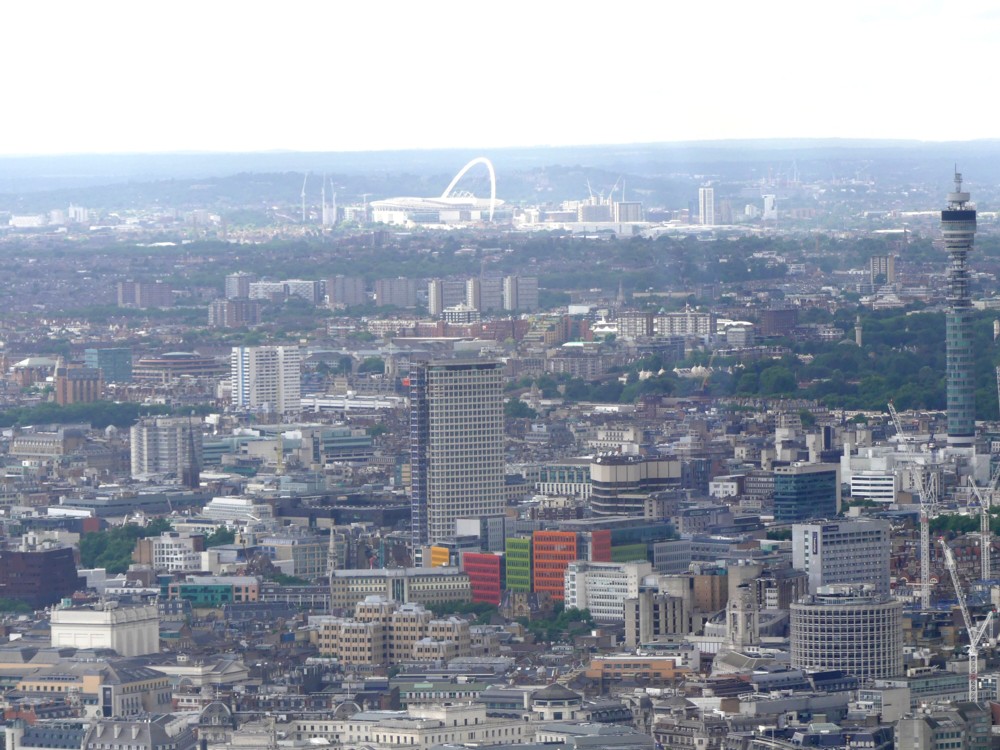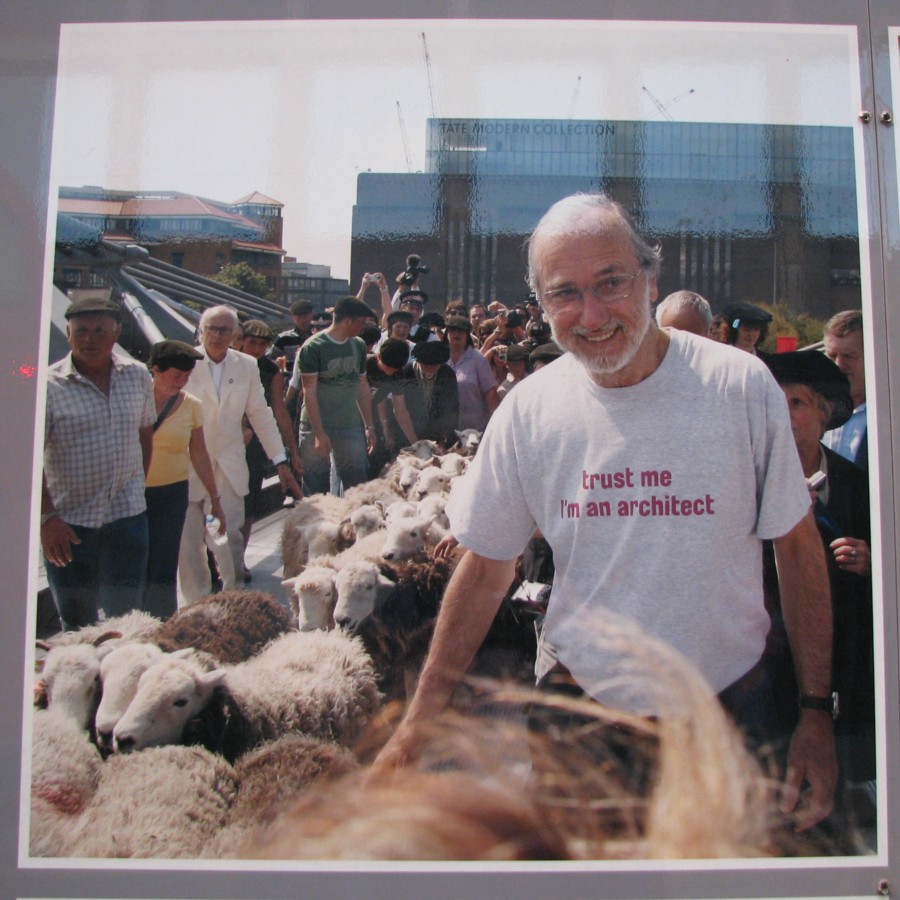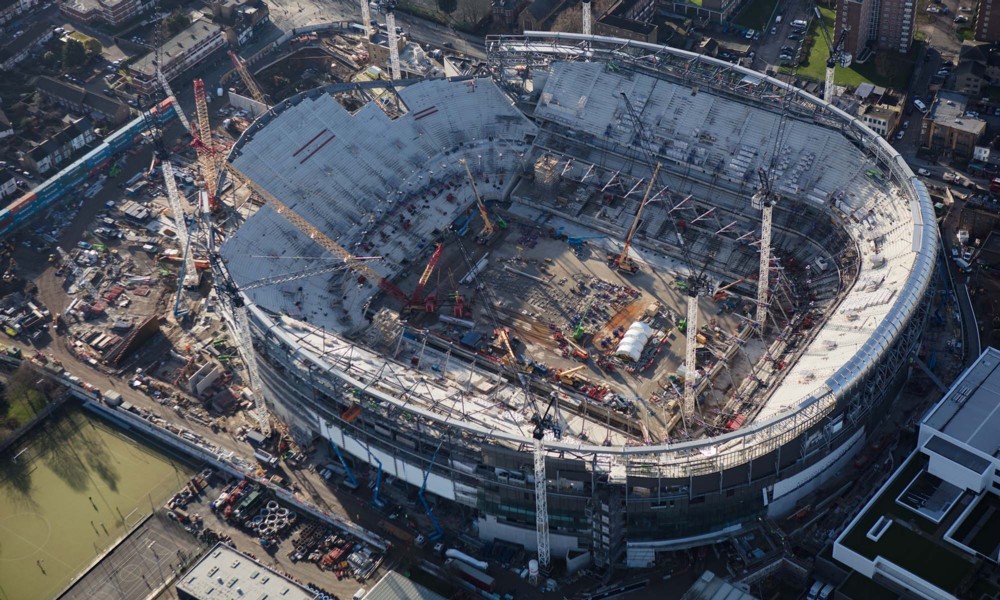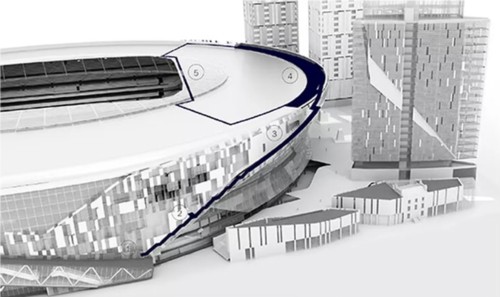One of my favourite public sculptures in London goes by the official name of Assembly. This, or perhaps it should be “these”, stand outside of the Woolwich Arsenal, on the south side of the river, downstream of the centre of London.
I photoed these militaristic characters a while back. Here is how they look, in their local context:
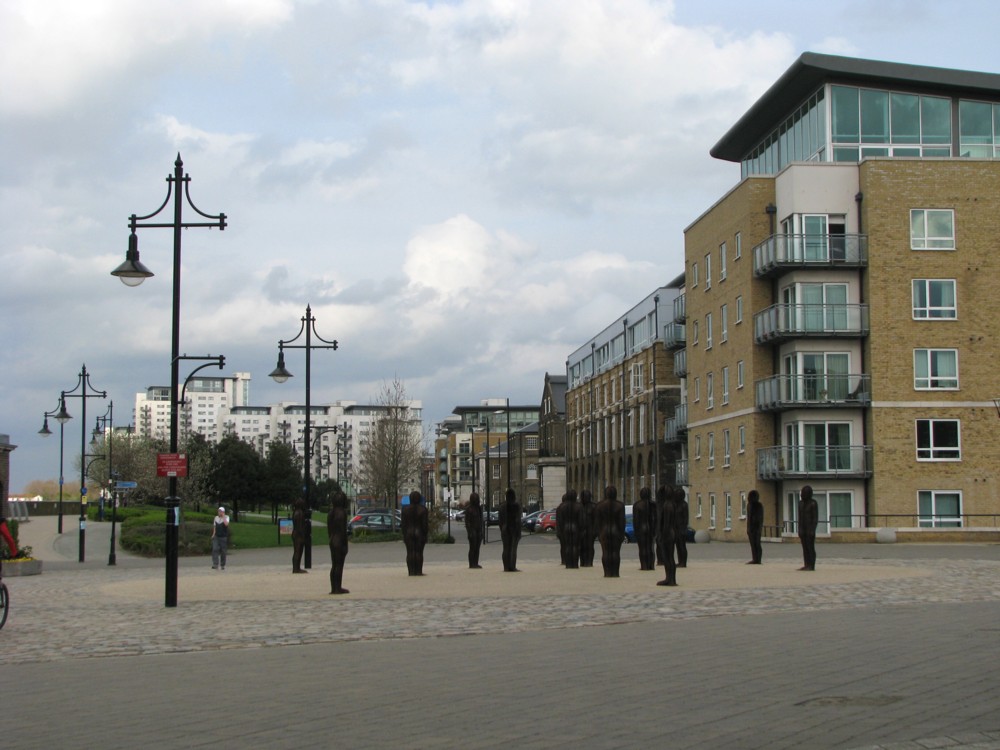
I did a posting (LINK TO THE OLD BLOG) here about them.
Here is one of the photos I showed in that posting:
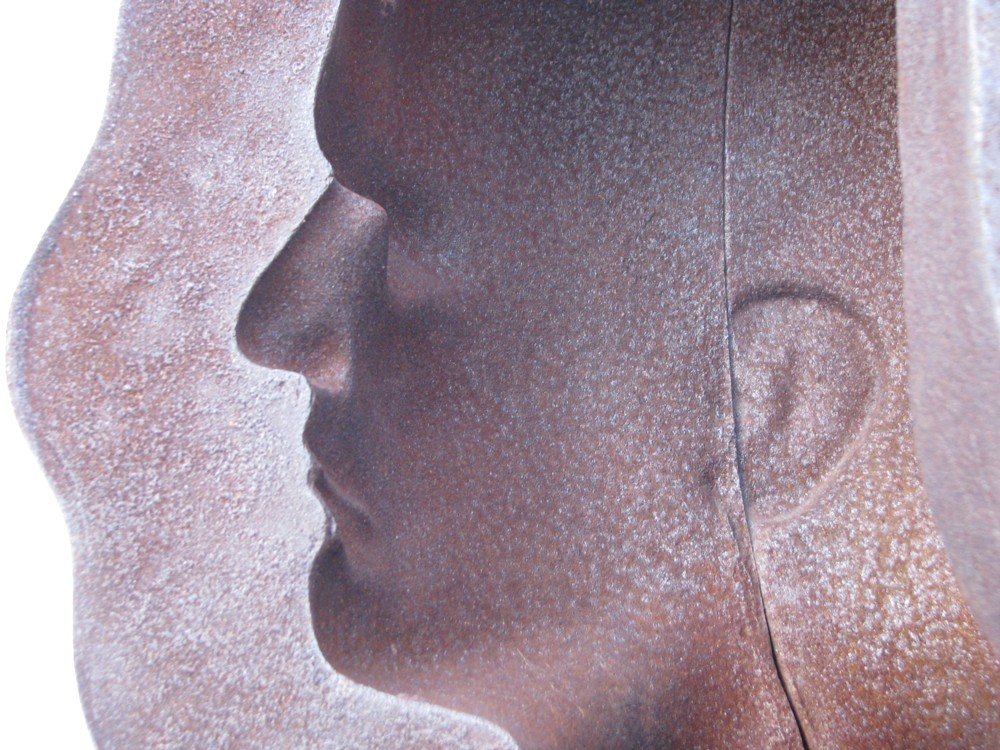
That’s actually the inside of the head of one of these men, but your eye is telling you that this is a regular head, rather than any sort of concaveness. Yet concaveness is what it is. Your brain insists on telling you it’s a regular head, and you can’t successfully tell it any different.
Here’s another of these head-shaped holes, and this time it is a lot easier to see what is really going on, because there is a bit of context. Also present is a spider’s web, visibly flat, which couldn’t be if the head was sticking out like a regular head.

And now here is another photo which makes everything clear, by turning the head entirely black:
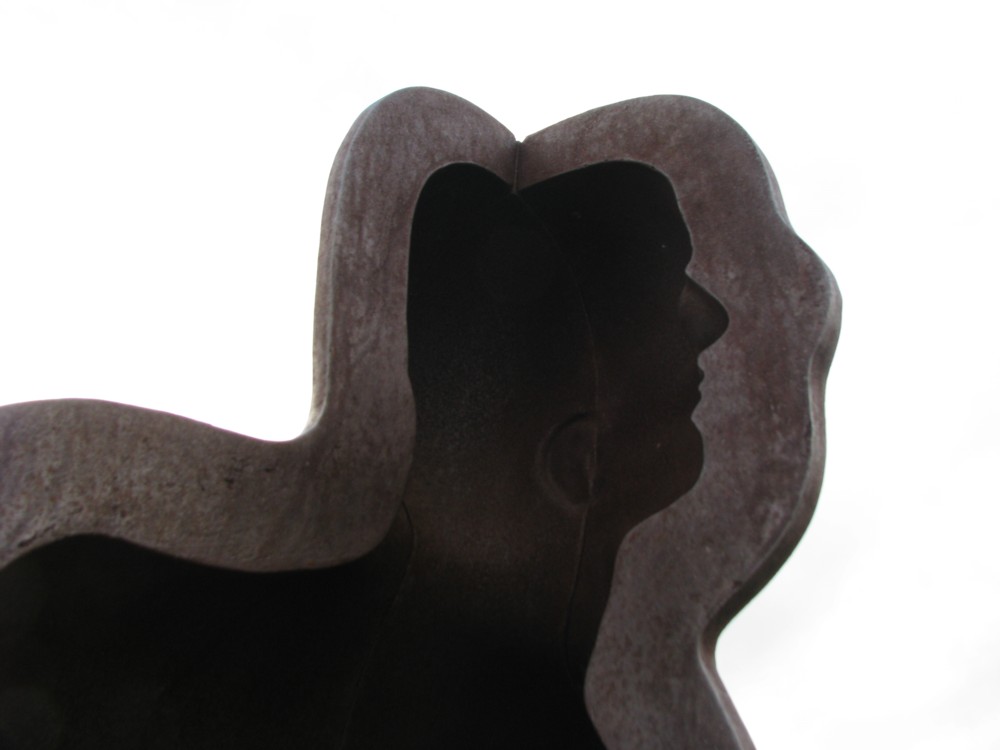
No chance, therefore, for the brain to misinterpret what’s going on.
The reason I was reminded of these sorts of optically illusional images is that I am currently reading this book, which is about how the brain in particular sees things, and in general makes sense of things. This was recommended by Alastair James, commenting on this earlier posting.
The point being that it isn’t just the brain that “makes” all this sense. The process of “making” sense takes place at all levels within the brain/nervous system. Your retina, for instance, is already prejudiced, so to speak, in how it looks at things.
Put it this way. The phrase that has kept on rattling around in my head while I’ve been reading this book is the title of another book, by Karl Popper, Conjectures and Refutations. We don’t just passively soak up information, and then only a bit later “make” sense of it. Our sense organs are all the time imposing intelligent guesses upon what we are experiencing.
That summary probably isn’t that good. But I’ve only on page 40 and I’ve been finding it pretty hard going.
The last photo above reminds me of the picture in this Samizdata posting that I did a year ago.


